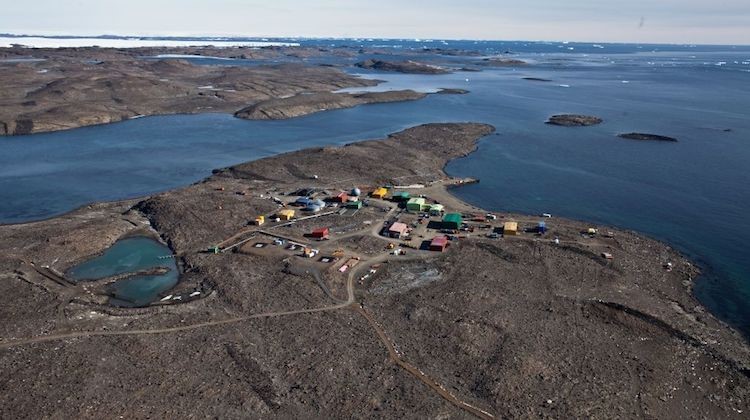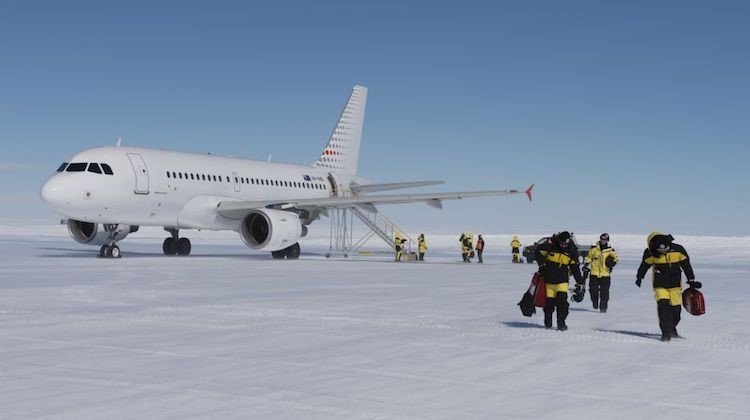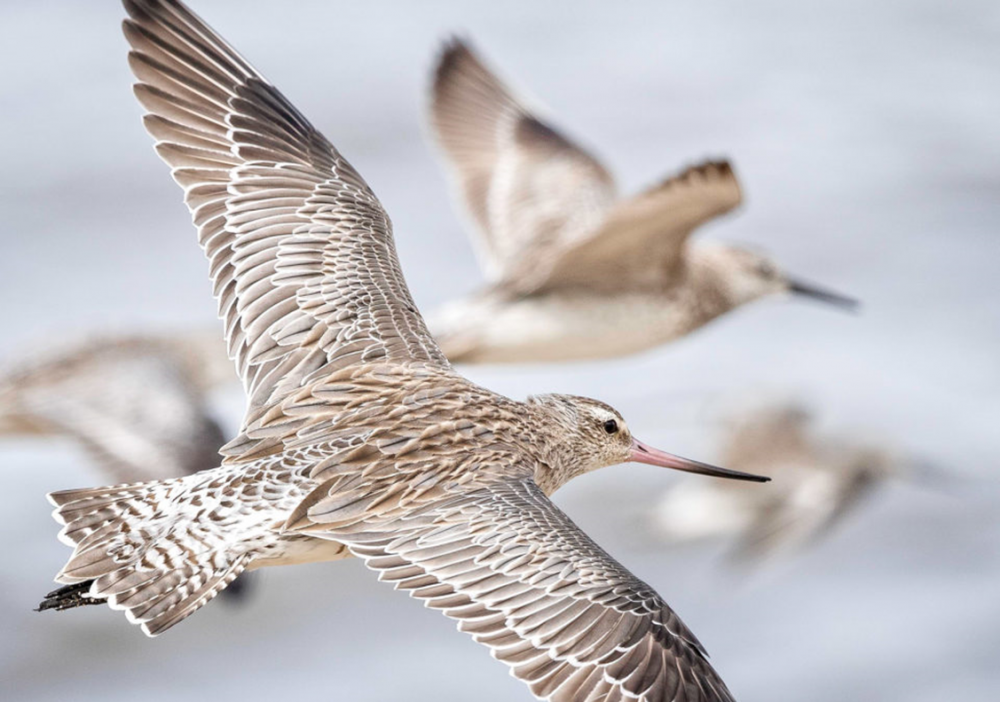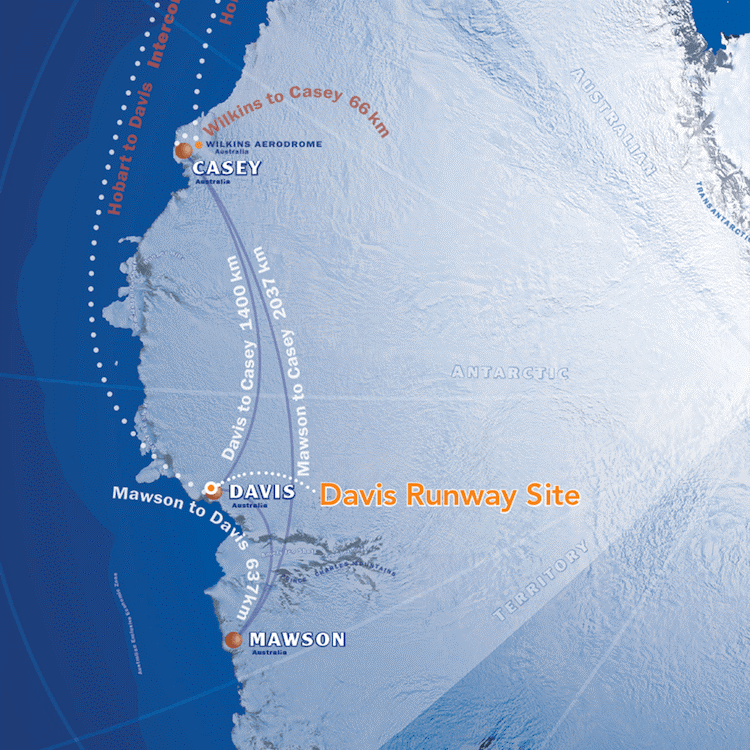Source AAD, Aviation magazine,
Australia plans to build a paved runway on Antarctica, which would allow for better access to the continent during the winter months. Davis research station is currently only accessible during the Austral summer by icebreaker or internal flights using small aircraft.
The proposed runway would be located near the Davis Research Station. “The new runway will complement Australia’s existing summer-only ice runway at Wilkins Aerodrome, and will provide more reliable access to Antarctica throughout the year, improving our ability to conduct year-round, world-class scientific research and respond to emergencies.” Investigations into year-round aviation access started in 2016, including $10 million spent to score options and for preliminary site investigations.
The Australian Government intends to construct a paved runway near Davis research station, and some commentators have said its unnecessary and could harm wildlife. A new runway in Antarctica still needs a business case and a full environmental assessment. Three field seasons of geotechnical and environmental investigations have been done by the Australian Antarctic Division. This has identified a suitable site for the runway in the Vestfold Hills region of East Antarctica, approximately six kilometres from Davis research station. The runway will be almost 5000 kilometres from Hobart and 1400 kilometres from Australia’s first intercontinental ice runway at Wilkins Aerodrome, near Casey research station. The length of the runway will be 2700 metres, based on the length required by large commercial aircraft.
The government states that the project will be subject to extensive environmental approval processes, including to meet the requirements of the Antarctic Treaty (Environment Protection) Act 1980 and the Environment Protection and Biodiversity Conservation Act 1999. Other commentators agree it is a rigorous process.
The Government has been curiously keen to spend money in Antarctica lately, the runway follows funding commitments to a new state-of-the-art icebreaker, RSV Nuyina, an expanding overland traverse capability, replacement station on Macquarie Island and new Antarctic science funding. The Government has also released an Australian Antarctic Strategy and 20 Year Action Plan released in April 2016.
 The Davis research station and surrounding regions. (Australian Antarctic Division/David Barringhaus)
The Davis research station and surrounding regions. (Australian Antarctic Division/David Barringhaus)
A year-round runway could provide more efficient access to the continent, improving support for scientific research and the capacity for Australia and other countries with bases in the vicinity to respond to emergencies. The closest facilities are Zhongshan (Chinese), Progress 2 (Russian), and Bharati (Indian), all of which are about 110 kilometres to the west, in the Larsemann Hills. Another Russian base, Mirny, is around 670 kilometres to the east, and Taishan, another Chinese base, is about 600 kilometres south.
Critics have said that its not really needed and has more to do with territorial claims and international competition, even though there is a treaty that suspends those claims. Australia has laid claim to 42% of the continent, a claim it could never defend if the current treaty system broke down. Only the UK, New Zealand, France and Norway recognise Australia’s claim over the territory.
China has been increasing its presence on the continent. It wants its own Antarctic airstrip which is expected to be completed in a couple of years and will be used for scientific expeditions and tourist groups. To date, China has had to mostly rely on a Russian operated airstrip.
 An Airbus A319 at Wilkins Aerodrome. (Australian Antarctic Division/Chris Crerar)
An Airbus A319 at Wilkins Aerodrome. (Australian Antarctic Division/Chris Crerar)
The Chinese government now spends more in Antarctica than any other country. Much of its activities take place inside the Australian Antarctic Territory (ATT) and with Australia’s knowledge. China now has three Antarctic bases, two field camps, and three airfields on the icy continent. Some fear Australia’s influence is waning as China’s presence grows. Prof Anne Marie Brady warned that China’s installation of GPS satellite systems on the Australian Antarctic Territory could be used to develop new strike weapons. “The US, Russia, and China’s use of their Antarctic ground stations to control offensive weapons systems and relay signals intelligence — all while conducting legitimate scientific activity — has the potential to shift the strategic balance that has maintained peace in the Asia-Pacific for nearly 70 years,” she wrote. Australia is anxious to prevent militarisation of the region.
“With respect both to infrastructure assets and scientific capability, Australia is falling behind other nations that are taking an increasingly high interest in the Australian Antarctic Territory, particularly China, Russia and India,” warned the Australian Academy of Science last year. With the rise of these powers, “Australia is losing its capability to lead science, and is instead becoming a follower in many areas, dependent on agendas set by other nations and serving their interests foremost,” it said.
In the Commission for the Conservation of Antarctic Marine Living Resources, China has pressed for reduced environmental safeguards. China’s less precautionary approach could end up harming Australia’s valuable toothfish resources around Heard and McDonald Islands, as well as international fisheries.
The Strategist has said, “Accusations that China and others are contravening the treaty for grand strategic purposes may be good for attracting attention. But they’re hard to prove …” I suspect though that Australian Antarctic science bodies are happy to play on fears and grateful for any dollars. Claims that the airstrip will cause threats to wildlife will need to be fleshed out in the EIS process.

